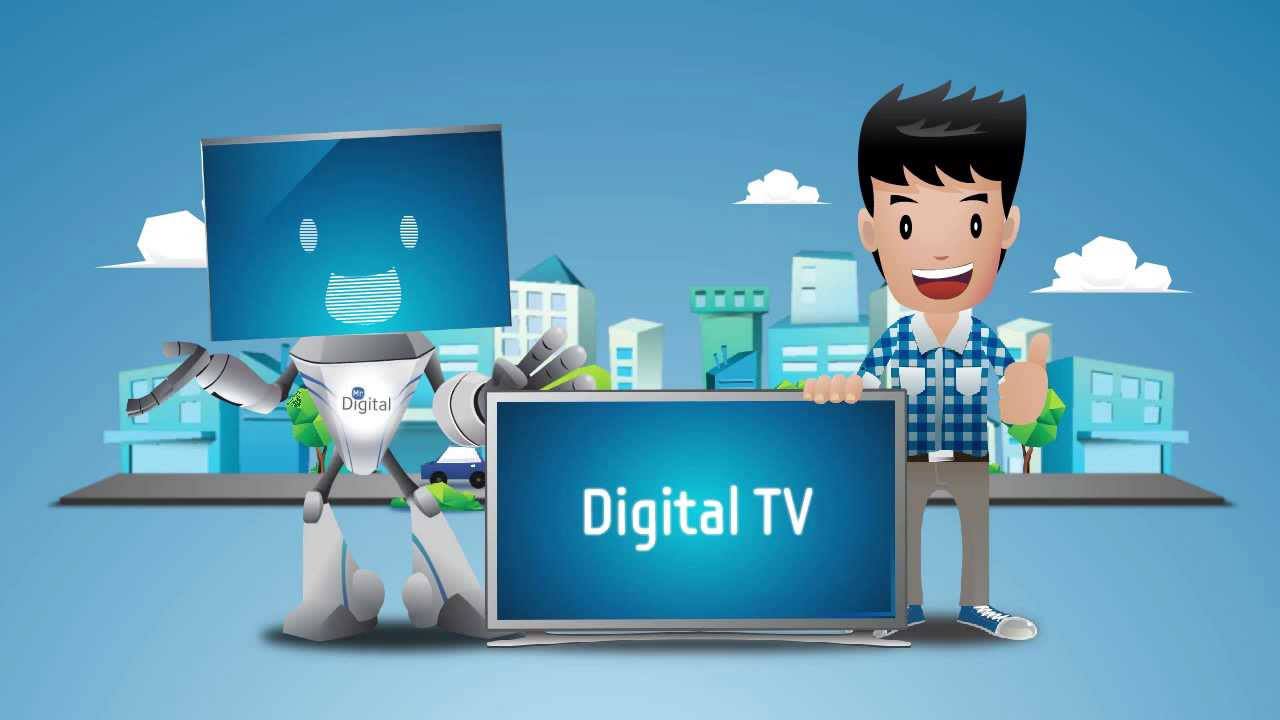Written by: Roshan Dwivedi
With all the buzz on OTT TV and the increasing use of video on demand hosting and mobile devices to stream video content, will the TV as a device lose its value proposition and be no longer relevant in our homes? The answer to this is simple. Yes, the TV in its traditional sense is losing its relevance, BUT in its place a new TV has started to emerge. Though most people will just refer to the new TV as the delivery of TV content in digitalized format – and hence the term Digital TV, the real new TV goes beyond format and resolutions. It is poised to redefine everything we know about this half-century old service – from content choices to viewing habits to how we buy and where we access our content.
Traditionally, TVs are connected to either the broadcast TV, cable, the satellite or the IPTV service. These traditional TV services require dedicated connectivity and special decoding. This was when subscription to any TV service meant that the household must establish the necessary connection to a particular type of infrastructure – installing a fiber line or a cable connection, or putting up the receiver dish or an outdoor aerial – and must commit to long term subscription agreements. It also meant that there will be specific decoders connected to the TV.
The new TV however, gets its content from OTT content sources available over the Internet, in other words, all its content is digital and is transmitted via IP connectivity. There will therefore be no dedicated connectivity infrastructure for the TV which will now share the home broadband connectivity, and Video streaming from the Internet is done via a compatible streaming device such as a media player, a smart phone, a gaming console or any other connected device that is able to read and share digital content sent over IP networks. The new TV becomes a screen that reads from multiple input devices, either via a wired or Wi-Fi connection. With the advent of smart TVs, the new TV can also have its own apps support and decoding capability, which enables it to stream, decode and play Internet content directly.
Read the entire story here.












Add your comment